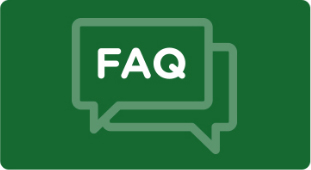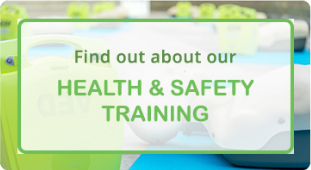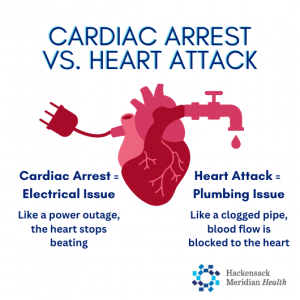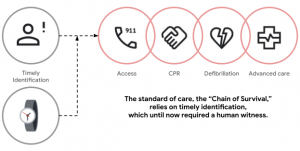Defibrillators save lives, but most people misunderstand how they work, when to use them, or even if they’re allowed to. Let’s cut through the noise with 10 facts about AEDs (Automated External Defibrillators) that everyone should know in 2025.
1. You don’t need training to use an AED
Modern AEDs are designed to be used by anyone, regardless of medical training. They commonly give step-by-step voice and visual instructions, often with metronomes for CPR. The goal is simplicity and speed.
➡️ Want training anyway? See our accredited AED courses
2. You’re legally protected if you try to help
Under the Social Action, Responsibility and Heroism Act 2015, bystanders in the UK are protected when acting in good faith. So don’t hesitate, using an AED won’t land you in legal trouble if things go wrong. For more information on this, read the following; Social Action, Responsibility and Heroism Act 2015 – Explanatory Notes
3. Defibrillators won’t shock unless it’s needed
AEDs analyse the victim’s heart rhythm and will not deliver a shock unless it detects a shockable rhythm. You can’t accidentally hurt someone by using one.
4. Child mode is now built into many modern AEDs
Many new models, like the ViVest X3 AED, have built-in paediatric modes that adjust the energy level, so no need for separate child pads. Consequentially, this improves the time to defibrillate the patient as it saves the time spent checking and changing the pads.
5. Public defibrillators are almost always unlocked
Contrary to belief, most outdoor AED cabinets in the UK are unlocked or use a simple code (provided by 999 operators) to avoid delay. The lock is used more as a deterrent for people to tamper with the device.
➡️ See our defibrillator cabinet range
6. You don’t need to remove jewellery or piercings
Piercings and metal objects are not a barrier to AED use, just avoid placing pads directly over them. No need to delay rescue attempts.
7. AEDs work even if someone has a pacemaker
Most AEDs have algorithms that can detect implanted devices and still deliver safe, effective shocks. Even if the patient has a pacemaker, they are usually implanted in the upper left side of the chest. When it comes to using an AED, the pads are usually placed on the upper right side of the chest and on the side of the rib cage under the left arm, so a pacemaker or ICD shouldn’t get in the way.
8. AEDs don’t restart a stopped heart
They don’t work like in movies. AEDs deliver a controlled shock to reset abnormal rhythms, not restart a completely stopped heart (asystole). But that shock can make the difference if given fast. See the Resuscitation Councils guidelines for a more in depth overview. Resuscitation Council UK – Defibrillation Guidelines
9. Sudden Cardiac Arrest is not a heart attack
The best analogy to use is that; SCA is an electrical issue, while a heart attack is a plumbing issue. AEDs are not used for heart attacks, but sometimes a heart attack can lead to SCA, so act fast.
10. You can use an AED in rain, snow, or cold
Most AEDs are IP-rated for harsh environments. The ViVest range is IP55-rated, making it splash-proof and dust-resistant, suitable for outdoor or industrial settings.
➡️ Learn more about weather-resistant AEDs
Final Thoughts
The biggest myth? Thinking you’ll panic and freeze. With the right defibrillator and a little awareness, you could be someone’s hero.
If your business, school or venue doesn’t have an AED yet, now is the time.
Explore our full defibrillator range here, or contact us for expert help.
 Cart ( 0 Items )
Cart ( 0 Items )
 p
p












